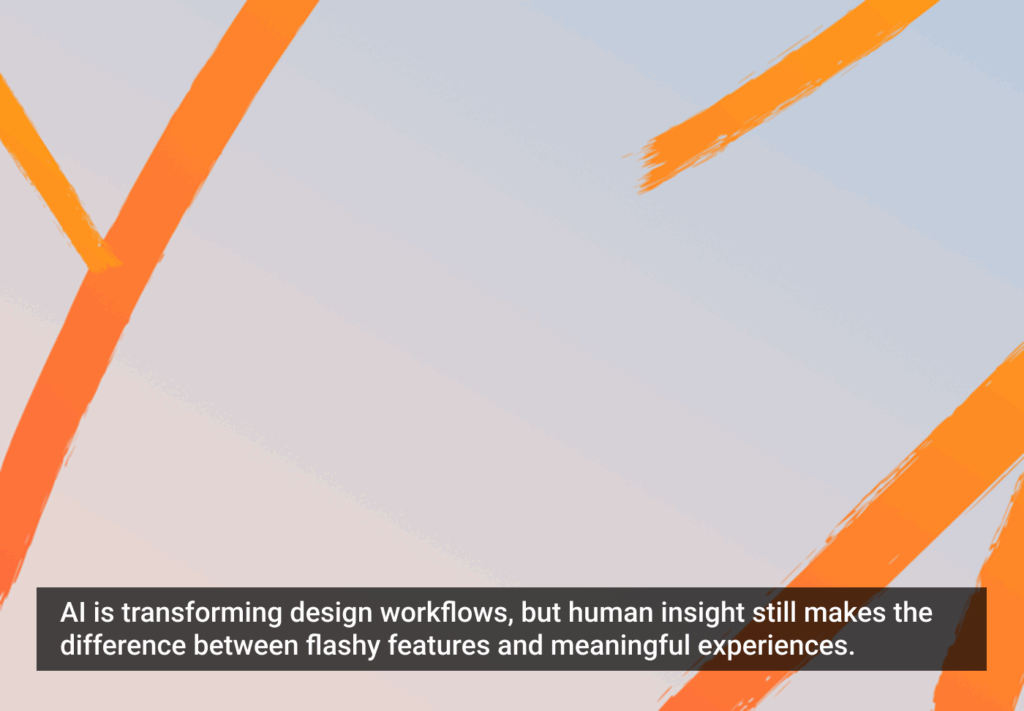User experience leaders face unique challenges based on the relative newness and breadth of our field. However, the importance of our work makes it crucial for UX leaders to find balance in the tactical and strategic work before us.
But what is strategic leadership and what is tactical leadership?
The difference between strategic and tactical can be illustrated by looking at the words’ military roots. A lieutenant on a hill planning a mission exemplifies the strategic view. A sergeant working with troops on the ground to execute the mission exemplifies the tactical.
Strategic UX Leadership
Senior managers, directors, and above, may find themselves cast in a more strategic role within their company (if they have the good fortune to have other leadership partners focused on the tactical). In UX terms, strategic leadership means looking at long-range plans, your UX department’s position in the company, funding models, and more.
At many companies, the newness of UX within the organization may mean you are engaged in UX evangelism, which we’ve all heard much about. In general, this means you must promote UX, train other senior leaders about the value of UX, and tie UX strategy into other corporate goals. This last point—alignment with company goals—helps ensure your team’s recognition as a corporate asset. Depending on your position, executive sponsorship can help here too.
Strategic leaders may also be involved in project selection, vendor management, UX process development and deployment, much more. So how can strategic managers achieve balance? Their planning and thinking must constantly answer the following questions:
- How can I best support the leaders who report to me?
- What relationships are strategic to cultivate across functions and stakeholders?
- What executive sponsorship do I need and how do I obtain it?
- How do I show UX alignment with the company strategy?
Like tactical managers, strategic leaders must also consider the areas where they need to improve technical proficiency and also focus on their own personal development goals.
Tactical UX Leadership
In UX, tactical managers have much important work to do. Whatever their title, these managers are the first-line leaders who work directly with UX designers, managing them in a hands-on capacity as direct reports. Depending on your corporate culture, this may mean serving those you manage. But regardless of culture, these managers must enable the work and execute the strategic goals given to them by their leaders. They must manage UX efforts like a project (or “project within a project”), though they may share that role with a lead UX designer. They must be good coaches and solve day-to-day problems.
Because of the breadth of our field, tactical managers must be technically competent—at least broadly—in the roles that UX designers fill: industrial design, interaction design, usability testing, user research, human factors engineering, visual design, and globalization to name a few. While they may not know these topics as well as the specialists they manage, they must know enough to help facilitate the work. (To test this concept, recall a time when you reported to someone who knew nothing about your work.)
The tactical UX manager must also “manage across.” For example, they may need to maintain liaison with project managers, quality managers, regulatory managers, and so on. The more cross-functional your company is, the more this aspect of the role expands.
The tactical manager must also “manage up.” They must manage their leaders to get the support their team needs to be successful. Again, the amount of time and effort this requires is directly proportional to the next level leader’s knowledge of and support for UX.
Tactical leaders also have a good deal of administrative responsibility. This includes human resources actions; getting the team hardware, software, and other equipment; time and expense reporting; training management; and evaluations. A certain degree of difficulty may be added if the people managed are a geographically distributed team.
As if this were not enough, UX tactical leaders must also keep current on their own personal development as well as that of their team. They may be formal mentors (or be formally mentored). They must work to keep their UX skills current and sharp. Faced with all of these challenges, how can tactical managers achieve balance? They need to plan their moments around these questions:
- How can I best support my team’s day-to-day success?
- What actions are critical for managing across functions and stakeholders?
- How am I managing up?
- What areas do I need to work on for managing technical staff?
- What administrative work can I make routine so it does not get in the way of more important responsibilities?
- What are my personal development goals?
- How do I support my leaders’ strategy for UX?
Where the Two Meet
By now you’ve noticed that strategic and tactical are best split as two roles. One person will find it difficult to run back and forth trying to be a lieutenant on a hill and a sergeant working on the ground. Without a strategic view, your team will likely succeed in targets of opportunity but struggle to reach the next level. However, strategic alone—like a battle plan without execution—will offer no victories to build your team’s credibility.
In the best situations, leadership partners divide the activities and focus either on strategic or tactical. In these instances, the leaders need to connect regularly to communicate plans and stay in sync. This communication is essential to success. If you find yourself alone as a single leader, you’ll almost invariably find yourself in tactical mode. In this case, it’s crucial to set aside regular times to break from the tactical and focus on the strategic.
Conclusion
Solid UX leadership is a key factor in the success of a UX team. Without solid leadership, the best teams can hope for are isolated successes. Without it, teams face marginalization or dissolution. However, with balanced UX leadership we can create space for UX teams to thrive and show their value within our companies.
Image of battle reenactment courtesy Oskar Orsag/Shutterstock.com







